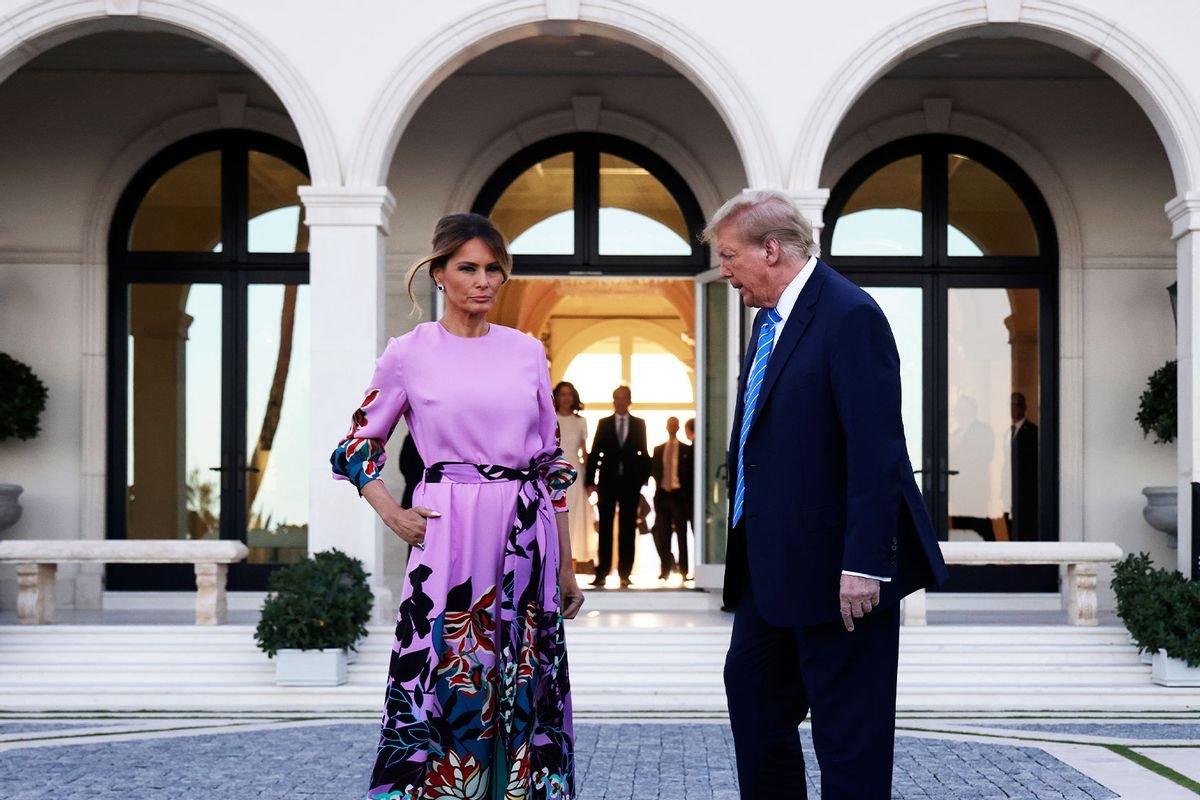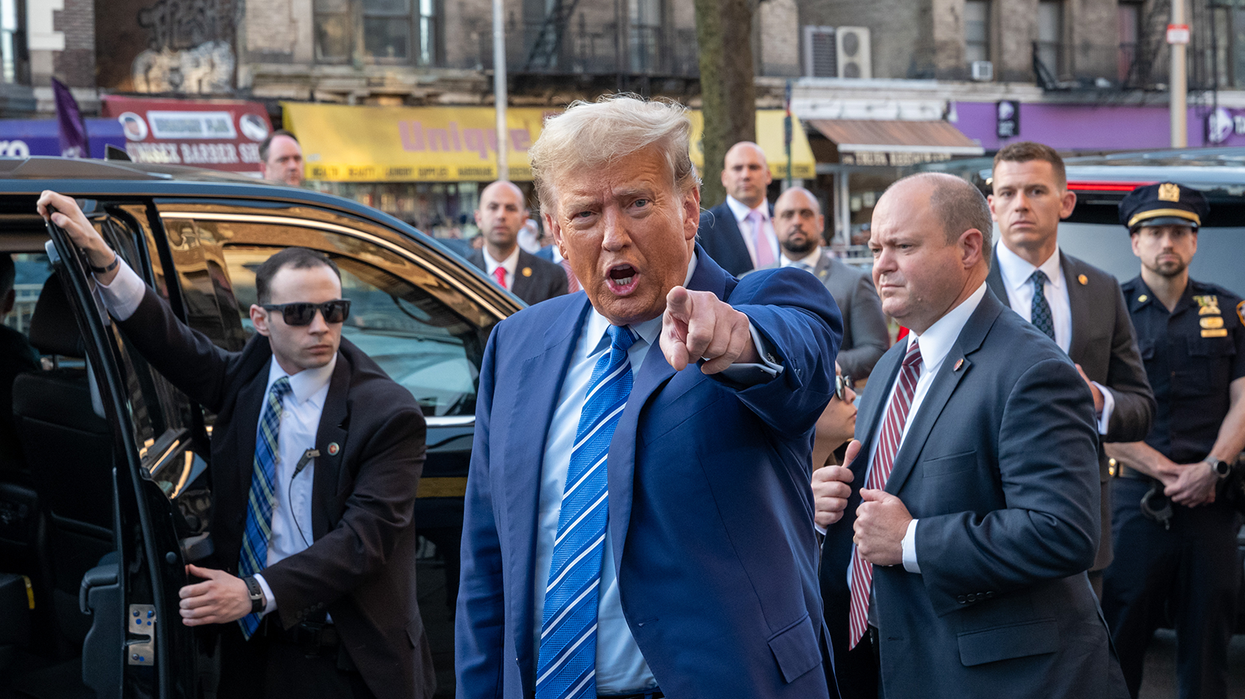I never told mom that Loyola aided me on the path to atheism
Loyola
University, New Orleans, provided me the opportunity of hearing and seeing perhaps the foremost Existentialist philosopher in the world at the time: Jean-Paul Sartre. He had been invited by Loyola's Jesuits to debate the Christian Existentialist Gabriel Marcel at the Loyola University Fieldhouse in early 1965. The Fieldhouse, with a capacity of 3,000, was packed. (The semester, my first at Loyola, had begun in September 1964.)
The debate was conducted in the language (French) of each of the opponents and translated into English by Loyola's head of Language Studies. It lasted nearly 2 hours and it must be admitted that Sartre had the advantage from the get go. It appeared to many Marcel had not been able to coherently formulate exactly what "Christian Existentialism" meant and was also a newly minted convert to Roman Catholicism. Sartre also had a leg up given his massive work, 'Being and Nothingness' was already available at the Loyola Bookstore, and I made sure to purchase a copy prior to the event:
By contrast, Gabriel Marcel had nothing 'on paper' to offer or to provide solid, English-translated ideas. Hence, even before the debate I knew the gist and essential theme of Jean-Paul Sartre's arguments while Marcel's remained in "limbo", nebulous and ill-defined.Sartre's core concept was "bad faith" and he emphasized it in the debate. The most serious transgression an authentic
being or person could make, according to Sarte, was to succumb or surrender to bad faith. By "bad faith" Sartre meant going against
your own interior barometer to find an authentic Self. In other words, taking the easy or conformist path, to "go along to get along". It made life
relatively easy (few conflicts) but ultimately led to despair since an
artificial life was substituted for an authentic one. In the attaining authenticity, one bore total responsibility for the direction of his life, which also incepted a degree of anguish.
As Sartre explained on p. 73:
"In anguish freedom is anguished before itself inasmuch as it is
instigated and bound by nothing. Someone will say, freedom has just
been defined as a permanent structure of the human being; if anguish manifests
it then anguish ought to be a permanent state of my affectivity. But, on the
contrary, it is completely exceptional. How can we explain the rarity of
the phenomenon of anguish?.....
Anguish in fact is the recognition of a possibility as my
possibility; that is, it is constituted when consciousness sees itself
cut from its essence by nothingness or separated from the future by its very
freedom. This means that a nihilating nothing removes me from all excuse
and that at the same time what I project as my future excuse is always
nihilated and reduced to the rank of simple possibility because the future
which I am remains out of my reach."
Sartre is basically saying - as he did in the debate - that anguish was spawned from the recognition of personal freedom by the individual consciousness. That freedom entails one or more choices of possible paths, possible futures. This is given one choice forecloses all others or in his words is "nihilated". This in response to Gabriel Marcel's claim there was a deeply personal meaning of life bound to our engagement with it and one choice made - provided it's personal - need not extinguish others. If one wished to be a priest he could, but he could also be a scientist simultaneously.
But Sartre viewed such a double choice with skepticism, given science and religion were clearly at odds (See e.g. the links at bottom). If then a man was a responsible scientist, who adhered to it natural laws and principles, he simply could not believe in the supernatural flotsam and jetsam required to be a priest. (E.g. a man walking on water, raising the dead from graves, a virgin who gives birth etc. etc.) To Sartre this exemplified bad faith and was not being true to oneself.
As he noted (B&N, p. 101):
"If a man is
what he is bad faith is forever impossible and candor ceases to be his ideal
and becomes instead his being. But is man what he is?"
In the last
question Sartre suggested that with consciousness of being it may not be so easy to be what one is. One would have to be conscious of all the pitfalls,
for example, if one were to be a totally free being all the time.
As Sartre poses the quandary (ibid.):
"In this
sense it is necessary that we make ourselves what we are. But what are we
if we have the constant obligation to make ourselves what we are, if our mode
of being is having the obligation to be what we are?"
It
is from this secondary quandary that Sartre takes issue with the claim of sincerity, say for the hypothetical priest-scientist, i.e.,
p. 105:
"What can be
the significance of the ideal of sincerity except as a task impossible to
achieve, of which the very meaning is in contradiction with the structure
of my consciousness. To be sincere we said is to be what one is. That
supposes that I am not originally what I am."
This
then leads to Sartre's harsh conclusion (p. 109):
"Thus the
essential structure of sincerity does not differ from that of bad faith since
the sincere man constitutes himself as what he is in order not to be it.
This explains the truth recognized by all that one can fall into bad
faith through being sincere.... Total, constant sincerity as a constant effort
to adhere to oneself is by nature a constant effort to disassociate oneself
from oneself. A person frees himself from himself by the very act with
which he makes himself an object for himself."
For
Sartre (p. 112):
"The true
problem of bad faith stems evidently from the fact that bad faith is
faith. It cannot be either a cynical lie or a certainty if certainty is
the intuitive possession of the object. But if we take belief
as meaning adherence of being to its object when the object is not given or is
given indistinctly, the bad faith is belief, and the essential problem of
bad faith is a problem of belief."
In his
April, 1965 PLAYBOY interview (p. 72), Sartre is direct about
this matter of belief (e.g. in God) and freedom:
"If I have
this theory of freedom it's precisely because I do not believe
in God."
In this response, again, he is
reinforcing his earlier position that bad faith is belief, in God, demons,
witches, whatever. Elements and aspect that do not conform to reality. So he makes clear that - based on his existentialist
position- any existentialist atheist cannot allow belief in an unproven claim or existent. Hence, a priest cannot be a scientist and vice versa. It is as much an oxymoron as claiming there can be a square circle. We see in the Playboy interview:
And here Sartre's concept of radical freedom is revealed, e.g.:
That such freedom is "not a cheerful thing" would
be self-evident to anyone who has made a clean and clear break from his or
her earlier formed background, say like a former Roman Catholic becoming
an atheist.
I guess I made that hard choice, after performing a test (in junior year of HS) for "transubstantiation" on a communion wafer to see if it was really the "body of Christ". Alas, a starch test performed in the Pace chemistry lab disclosed the consecrated wafer to be starch, aka carbohydrate, as I suspected. No trace of protein. No corporeal substance.
In effect, Sartre's debate (as well as his monograph) confirmed for me I was already on the path of authenticity (for me) and I would be unable to go back to simply being even a nominal Roman Catholic. What Sartre's debate and book - thanks to the Loyola Jesuits did- was to flesh out the form of atheism I would adopt based on a radical freedom rooted in existentialism. It basically confirmed and consolidated suspicions I already had, thereby propelling me further.
See Also:
Kudos To A Courageous High School Atheist And Her Award -Winning Essay
And:
And:
And:
The Vatican's Big Bang Conference: Does George Lemaitre's "Theory" Prove A Supernatural God?
And:
Battle Of Science vs. Religion Resumes In 'Physics Today': My Published Response To A Religionist
And:














